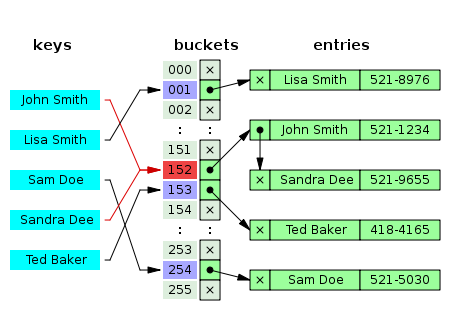In this lesson, we will explore and gain insights into an essential data structure known as hash tables. Sometimes referred to as hash maps in various programming languages, hash tables play an instrumental role in providing a practical and efficient means of organizing data.
Hash tables drive many data storage techniques and in-memory databases, powering large-scale applications such as database indexing, caches, and even some machine learning algorithms. They store data associatively, linking or mapping values to unique keys.
This lesson focuses on understanding the underlying structure and mechanics of hash tables, how they handle conflicts or collisions when multiple keys hash to the same index, and how to perform complexity analysis to understand their efficiency. By the end of this lesson, you should understand how hash tables operate and how Python dictionaries leverage the principles of hash tables.
As we delve into the world of hash tables, let's start by understanding their underlying structure. A hash table consists of an array (the actual table where data is stored), coupled with a hash function. The hash function plays a crucial role - it takes the keys as input and generates an index, mapping keys to different slots or indices in the table.
Each index of the array holds a bucket that ultimately contains the key-value pair. The pairing of keys with values enhances the data retrieval process. The efficiency of retrieving values depends on the hash function's ability to distribute data across the array uniformly.

You can also think of hash tables as hash sets storing tuples of (key, value), but this particular interface makes it less easy to use, so Python has a concept of dictionaries we will cover below.
Let's visualize this with a Python dictionary, which operates on the same principle. Suppose we have a dictionary containing student names as keys and their corresponding scores as values:

